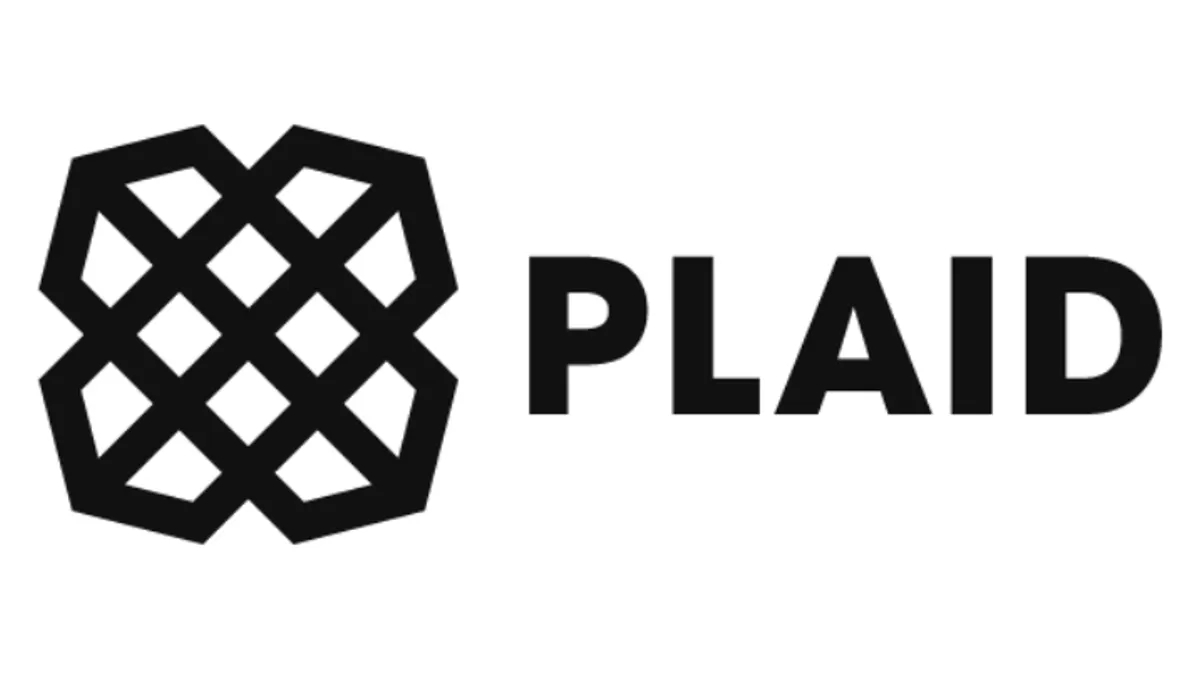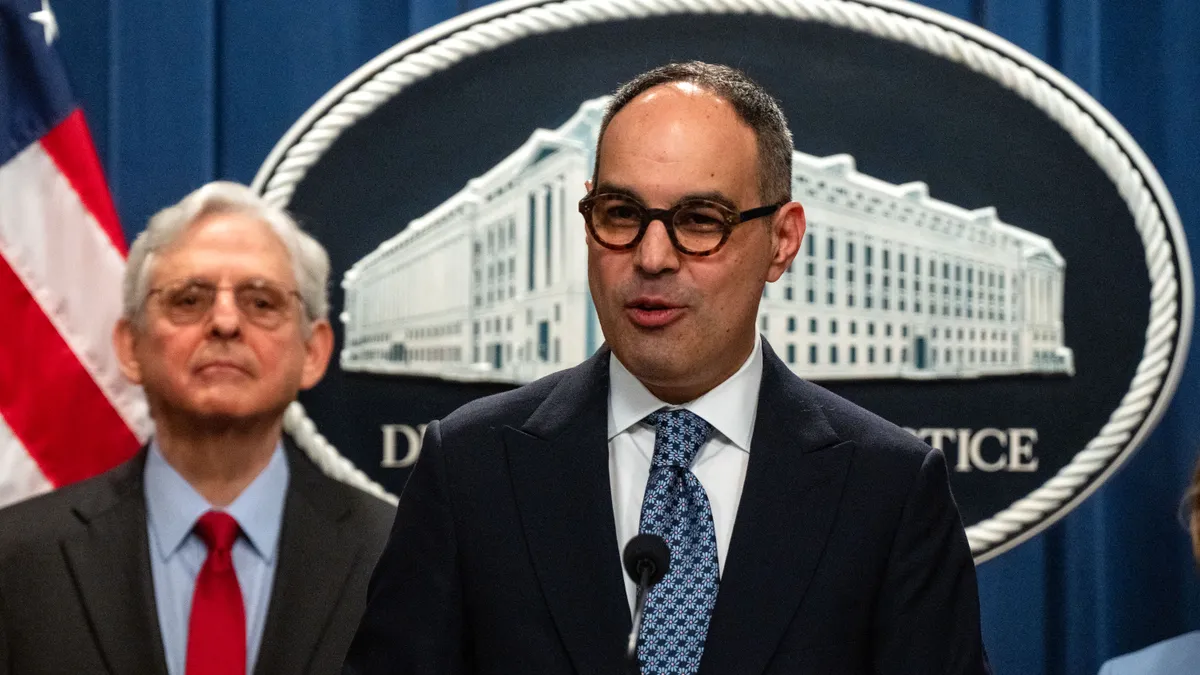Fintech Plaid is cutting 260 employees, or 20% of its workforce, the company’s CEO, Zach Perret, said in a blog post Wednesday.
The move illustrates the continued rash of cost-cutting measures that finance firms from Chime to Morgan Stanley have employed. The former cut 160 workers, or 12% of its headcount, last month, while the latter announced it was shedding 1,600 positions Tuesday. The rival fintech Stripe also adjusted its workforce for slower growth.
“I made the decision to hire and invest ahead of revenue growth, and the current economic slowdown has meant that this revenue growth did not materialize as quickly as expected,” Perret said in his post.
Plaid saw an uptick in fintech adoption during the COVID-19 pandemic that was “well beyond what we predicted,” Perret said, leading the company to hire “aggressively” to meet customer demand and invest in new products.
The San Francisco-based startup’s engineering team was likely to see considerable cutbacks, TechCrunch reported, citing anonymous sources. Plaid Chief Technology Officer Jean-Denis Greze told the publication in March his team had expanded from 20 engineers to 350 people over the previous four years.
A company spokesperson told TechCrunch “teams across the company” were affected but that recruiting would be “impacted more than others.”
“There is no great way to manage a process such as this, but our goal is to treat each of you with respect, support and care,” Perret said.
Departing employees will receive 16 weeks of base bay — or more for those who have worked for Plaid for more than a year. The company will also pay the cash equivalent of six months of healthcare premiums for employees and their dependents, including six months of mental health coverage.
Additionally, Plaid will accelerate — to a Feb. 15 vesting date — equity grants for employees who have worked at the company for more than a year. Plaid will also provide six months of career support and coaching services to help departing employees with their job search, Perret said.
“The changes that we are making today are designed to align the size of our organization to match our strategic priorities, and those of our customers,” he said. “We must lean into the ambition, urgency and grit that helped us build the company we are today as we continue to lead our industry forward.”












